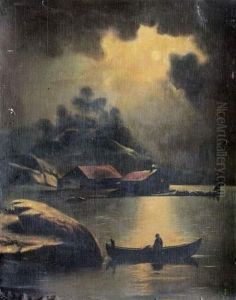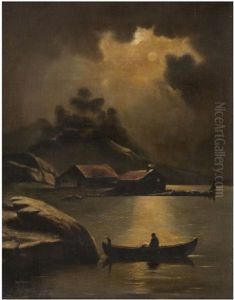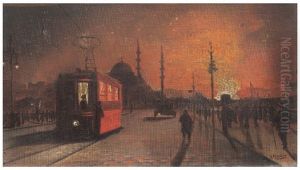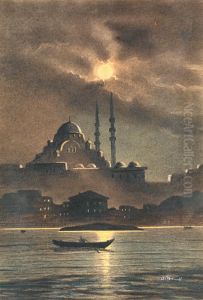Onnik Der Azarian Paintings
Onnik Der Azarian was an Armenian-Iranian artist, known for his contributions to Iranian art, particularly during the early to mid-20th century. Born in 1886 in the city of Tabriz, which was then part of the Persian Empire, Der Azarian was part of an Armenian family that had a rich cultural heritage. His early exposure to both Armenian and Persian cultures would later influence his artistic style, which often included elements of both traditions.
Der Azarian's talent for art became apparent at a young age, and he pursued his passion by studying in Europe, where he was exposed to various artistic movements and techniques. He spent significant time in Italy and France, absorbing the influences of Renaissance and Impressionist art, which would later be reflected in his own works. Upon returning to Iran, Der Azarian became a key figure in the Iranian art scene, contributing to the cultural renaissance that was occurring in the country during the early 20th century.
Throughout his career, Der Azarian was known for his portraiture, landscapes, and depictions of rural life in Iran. His work often showcased the beauty of the Iranian countryside and the richness of its cultural traditions. He was adept at using color and light to create mood and atmosphere in his paintings, and his works were celebrated for their poetic and lyrical qualities.
In addition to his painting, Der Azarian was also an educator who taught and inspired a new generation of Iranian artists. He was instrumental in the establishment of art institutions in Iran, and his legacy includes not just his own artwork but also the impact he had on the Iranian art community.
Onnik Der Azarian passed away in 1966, leaving behind a body of work that continues to be appreciated for its unique blend of Armenian and Persian artistic traditions. His contributions to the cultural life of Iran and the broader Middle Eastern art world have made him a significant figure in the history of art in the region.



